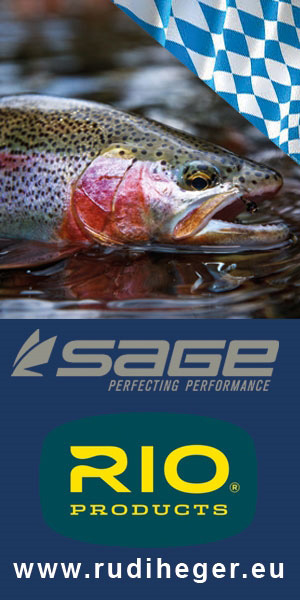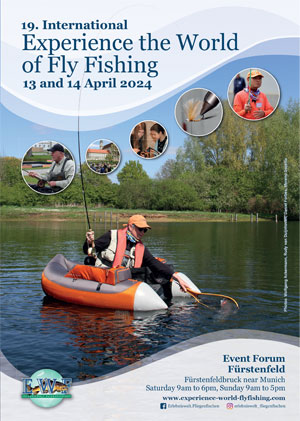
The River Test is one of UK’s most famous, if not the most famous, trout river in the country; yet S&TC have significant evidence that it is sadly in decline.
Furthermore, S&TC can now point the finger firmly in the direction of Chilbolton and Fullerton Waste Water Sewage Works; or, more aptly, the permits which legally condone their destructive discharge.
Dwindling Flylife
Healthy ecosystems mean healthy waterways; if the invertebrate life is in trouble, then so too is the river. Aside from sustaining the food-chain, river insects are incredibly susceptible to certain chemicals and excess sediment and phosphate, so they also provide an excellent indicator of overall water health and issues.
Unfortunately, S&TC’s River Test Riverfly Census (full report due in September) records a significant decline in riverfly and gammarus numbers between 2015 to 2017, at the Mayfly Inn. Moreover, the data provides important evidence of the pressures facing flylife on the River Test, helping S&TC understand what is happening and what can be done to improve the water environment and its wildlife.
Sadly, the decline in flylife on the middle reaches of the River Test is not news. Dr Cyril Bennett and Warren Gilchrist have charted the decline in the Blue-Winged Olive population at Leckford – just downstream of the census sample site at the Mayfly Inn – since 1995. Dr Cyril Bennett has now produced a report which, together with S&TC’s Mayfly Inn results, throws more light on the causes of the problem:
Read Dr Cyril Bennett’s River Test Report
View S&TC’s Mayfly Inn results (Spring)
View S&TC’s Mayfly Inn results (Autumn)
The data shows that elevated levels of phosphate and sediment, mostly from local WWTW’s, are the overwhelmingly likely cause of dwindling flylife (phosphate and sediment, when present in such excess, cause a choking of the river and are essentially destructive to life).
These excesses are further evidenced by the Environment Agency’s own in-river phosphate data, which shows phosphate levels in the Test (at the Mayfly Inn) to be consistently at least double than what is expected for a chalk-stream. This has been a concerning and ominous trend since 2012.
Waste Water Treatment Works (WWTW’s)
WWTWs are not the only source of phosphate and sediment – septic tanks and agriculture play a role – but they are one main (and evidenced) source of the problem. Indeed, two WWTW’s discharge into the Test directly above the Mayfly Inn sampling site: Chilbolton and Fullerton. Chilbolton slashed its discharges in 2007 after an upgrade. Fullerton, a much bigger operation – one that is under increasing pressure from the growth of Andover – is reporting a steady increase in its phosphate discharge levels.
Both these works have phosphate stripping technology and appear to be within their current consent levels. The problem, indicated by S&TC results and the work of Dr Cyril Bennett, is that these consent levels are far too high for the river’s ecology. Based on this research, the Environment Agency is now working with Southern Water to reduce its discharge of phosphate. The long-term target for the river is 30 micrograms/litre with an interim (2021) target of 40 micrograms/litre.
A further problem is that Southern Water (and all other water companies) are given far too long (6 years under current regulation) to make these necessary changes. S&TC continue to lobby for much needed change and a shortening of water company’s ‘investment cycles’. Fullerton was clearly performing much better in the recent past, so there is no reason why Southern Water cannot act now.
Find out more
Full results from the S&TC survey for the River Test (supported in 2017/2018 by the Test & Itchen Association) will be released in September – please check S&TC’s Riverfly Census page for more info. S&TC receive no government funding for their important research, which, critically, allows them to pressure the EA with complete impartiality. If you want to help protect chalk-streams both locally and nationally, and contribute to the ongoing fight to preserve the UK’s precious freshwater ecosystems, then please consider joining S&TC as member or making a donation.






